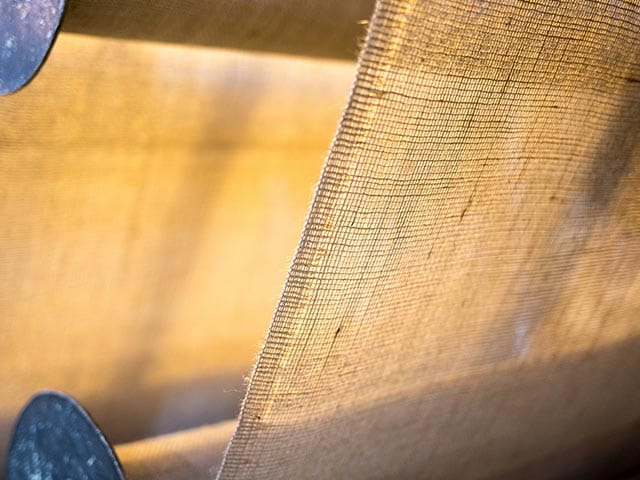OUR COMMITMENT
The protection of our natural resources is one of the most pressing issues of our time. We constantly work to improve production processes, products, packaging and logistics. A high proportion of the materials that we use are from natural sources: cork, natural latex, jute, leather, wool felt, copper and brass are among our most important materials.
CORK
One of our most important raw materials is cork – it boasts high elasticity, outstanding cushioning, and excellent heat and sound insulation. The cork layer is reproduced and can therefore be harvested again and again without harming the tree.
The cork is obtained from the bark layer of the cork oak. At least five centimeters of thick bark is stripped from the cork oak – a process that, depending on weather conditions, can only be repeated every seven to nine years. A single tree can provide 100 to 200 kilograms of cork during its life. To ensure that the cork is hygienically clean, the bark that has been removed is cooked thoroughly in tanks. It is then cut into strips that will be used to punch the bottle corks.



